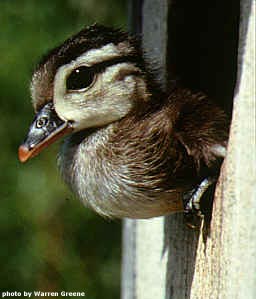 When maintained in healthy populations, cavity-nesting birds can provide farmers and ranchers with many benefits. The information below is intended to advocate the importance of individual species of cavity-nesting birds—such as their role as an all-natural pest control option—as well as outline these birds’ relationships to the land they occupy.
When maintained in healthy populations, cavity-nesting birds can provide farmers and ranchers with many benefits. The information below is intended to advocate the importance of individual species of cavity-nesting birds—such as their role as an all-natural pest control option—as well as outline these birds’ relationships to the land they occupy.
Twenty-five different species of cavity-nesting birds reside in Sonoma County alone, and each one fulfills its own significant role. The sheer presence and the daily activities of these birds are vital to long-term sustainability, biodiversity, and overall function of the area.
Pest control is widely considered to be the most favorable effect of cavity-nesting birds. When a landowner encourages these birds to inhabit their land, many different direct and indirect pest control benefits are the result.
One very beneficial cavity-nesting bird, in terms of pest control effectiveness, is the barn owl. By regularly consuming a variety of rodents, barn owls can be a landowner’s best pest control operative. A breeding pair of owls can wipe out two or more rodents each night—and even more once their young have hatched. At this rate of consumption, barn owls dwelling on a farm or ranch will not only decrease rodent activity, they will also help to prevent rodent populations from becoming too large, minimize control costs for landowners, and increase overall productivity of the land.
Another helpful cavity-nesting bird commonly found on farms and ranches is the kestrel. The kestrel’s positive, though oftentimes indirect, influence on pest control is in many ways quite different from the very direct approach of the barn owl. In addition to feeding on many rodents and insects known to damage crops, kestrels also provide pest control benefits simply by residing in and around the landowner’s land. Since the kestrel preys on a variety of smaller birds, too—considered to be pests due to the harm these smaller birds often inflict on valuable crops—the presence of kestrels in certain areas causes pesky bird species to avoid the land altogether, and to instead more on to an easier target. This double benefit of the kestrel is what makes the species so welcomed by farmers and ranchers alike.
Finally, there are the violet-green swallows and tree swallows. These birds consume insects and help to prevent localized outbreaks of certain pest species, such as mosquitoes.
On the other hand, a significant ecological benefit of cavity-nesting birds is their natural proclivity for seed dispersal. Woodpeckers are a great example of this important ecological need because they help to spread acorns from oak trees, providing food (more acorns from the new trees) and nesting sites for other species. This act keeps the entire habitat moving forward.
To help ensure that pesticides are only applied when economic risk is apparent, the Sonoma County Grape Growers Association suggests that growers use integrated pest management practices, such as cavity-nesting birds. It is, of course, necessary for farmers and ranchers to choose materials that are effective, but it is also becoming more and more important to carefully employ methods which pose low environmental impacts.



You must log in to post a comment.